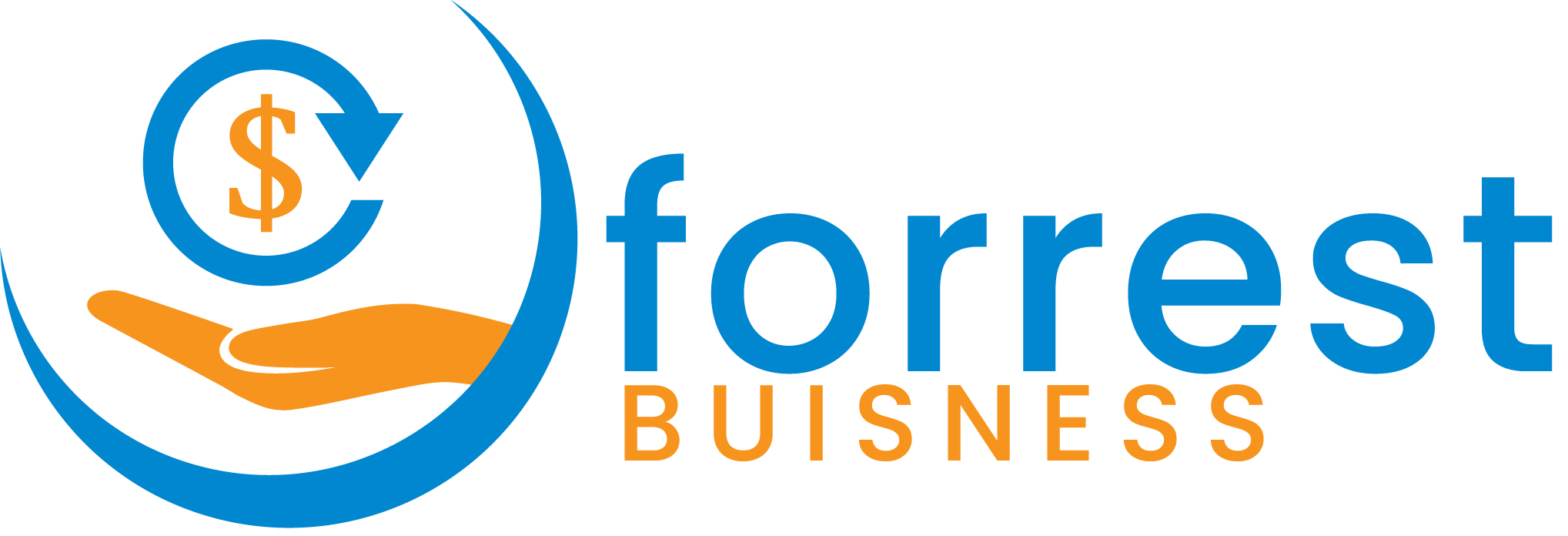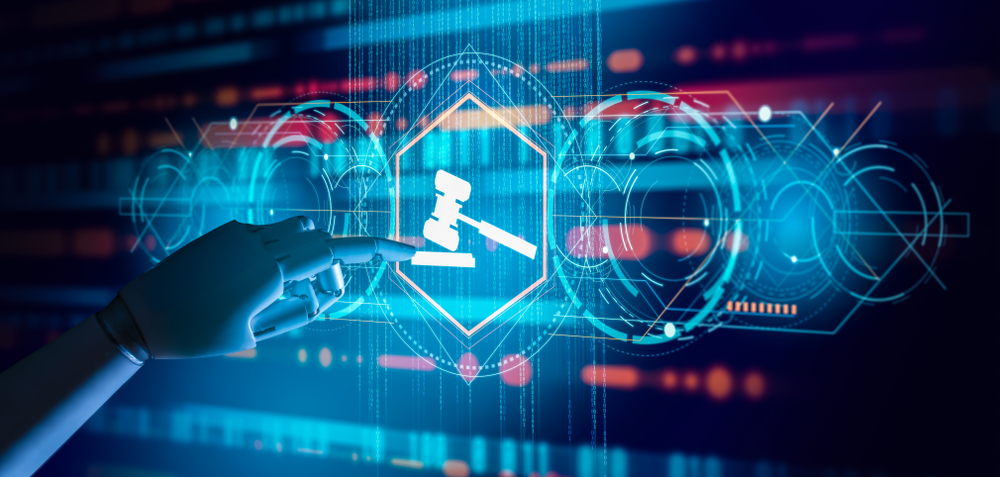Final September, numerous information retailers picked up the story of an AI-generated portray taking first place on the Colorado State Honest’s artwork contest. To create the successful piece, the contestant entered some textual content into Midjourney, an internet app that creates pictures based mostly on textual content enter. The result’s a bit referred to as ‘Théâtre D’opéra Spatial,’ one of many first AI-generated pictures to win an artwork contest.
Whereas the blue-ribbon end is a milestone-worthy achievement in AI expertise, not everyone seems to be completely happy. Some artists have accused him of dishonest, though the competition didn’t explicitly prohibit AI-generated imagery. Others had been understandably frightened that they could lose their inventive jobs to robots sooner or later—‘the loss of life of artistry,’ they commented.
However this story spurs one other downside. Who may be the reputable proprietor of creations that anybody can create utilizing such packages? Is the observe thought of plagiarism? Because it stands, mental property legislation is partly ready to deal with this.
How AI Era Works
Ahmed Elgammal, director of Rutgers Artwork and Synthetic Intelligence Laboratory, explains in his article printed in American Scientist that these packages make use of one in every of two algorithm lessons. Nearly all of these packages use generative adversarial networks (GAN).
Opposite to widespread perception, some human enter continues to be mandatory for working these packages, and GAN is proof of that. The consumer feeds the algorithm tons of of images, and the algorithm tries to mimic them as greatest it may. Then, the consumer goes by means of the generated pictures, tweaking the algorithm based mostly on those they deem acceptable.
The later iteration is the substitute intelligence inventive adversarial community (AICAN), which the laboratory has been creating since 2017. It takes human enter out of the equation, forcing the AI to be taught by means of the pictures fed to it alone. AICAN’s outcomes have shocked researchers, as they had been so correct that folks couldn’t inform that AI made it.
The Possession Dilemma
In each GAN and AICAN, Elgammal presents an fascinating thought. When his staff exhibited AICAN’s works all through the USA, folks continuously requested for the artist’s title. He pressured that whereas he developed the algorithm, he didn’t have management over what it will do. On this occasion, is the rightful artist the algorithm itself or its creator?
It wasn’t this difficult earlier than, because the human artist could be credited even when they used instruments like paintbrushes and even Photoshop. In spite of everything, these instruments may solely act with direct enter from the consumer. However with AI technology, AI could make selections no matter human enter.
Amid the dearth of a transparent reply to this dilemma, different AI technology packages have made steps to permit their outputs for use for industrial functions. OpenAI went down this route with its DALL-E 2 system, as per its announcement final July, coinciding with the creation of paid plans.
The proliferation of AI-generated creations—not simply pictures—will profoundly have an effect on copyright and trademark software processes. Since making use of for a trademark includes looking for any conflicting software, the probability of stumbling upon one can improve. Companies may get caught in useless mental property conflicts—a ‘authorized minefield,’ as authorized consultants say.
The Legislation As It Stands
The authorized implications of AI-generated creations are slowly inspiring actions. Following the case of ‘A Current Entrance to Paradise,’ one other AI-generated work, the U.S. Copyright Workplace stated final February that such works aren’t eligible for copyright as a result of lack of human authorship. This system accountable, Creativity Machine, created it with nearly no human enter.
Then, in September, media repository Getty Pictures adopted the instance of some web sites by banning AI-generated content material. Its official assertion acknowledged considerations with the copyright standing of such works and unaddressed related points as the explanations for the transfer. Different related web sites have performed so primarily in help of human-based creativity.
Regardless of these developments, some blanks within the related legalese have but to be crammed, particularly on the matter of honest use. Based on an article printed within the Texas Legislation Assessment, there’s no legislation upholding honest use of coaching datasets in the meanwhile.
As talked about earlier, AI technology packages depend on inputted knowledge—akin to publicly obtainable pictures—to provide outcomes. AICAN was fed round 80,000 works which have embodied Western artwork for the previous 500 years. Most of those, if not all, had been made with human palms, however there’s a great likelihood that some have copyright safety.
Authorized consultants ponder the implications of AI-generated work that makes use of copyrighted coaching knowledge. Not solely is it ineligible within the eyes of the U.S. Copyright Workplace, but it surely additionally raises the query if it’s thought of plagiarism. Is it plagiarism if a consumer takes credit score for an AI-generated creation? Is this system committing plagiarism if it takes copyrighted work?
The AI technology packages’ builders are cautious about ensures. Based on DALL-E’s Phrases of Use, this system doesn’t assure that it’ll work because the consumer meant. Others, like Midjourney, are reluctant to supply authorized help if the work will get concerned in authorized hassle.
Present Authorized Choices
Consultants say it’s extremely doubtless that the paradox relating to AI-generated content material will stay within the following years. Based on the World Mental Property Group (WIPO), because it stands, the world at present has two authorized choices to depend on.
The primary is, as demonstrated by the U.S. Copyright Workplace’s resolution, to disclaim copyright to all non-human-generated content material. Aside from the U.S., authorities in Australia and the European Union have settled related circumstances by rejecting copyright functions on the grounds of works not being totally made by human palms.
The second is to credit score the creator for any work generated by any AI packages. This feature is clear in the UK, as acknowledged in Part 9(3) of the Copyright, Designs and Patents Act 1988, which not solely offers credit score to the human creator but in addition grants the work copyright safety. Different international locations which have taken this strategy embody India, Eire, and New Zealand.
Conclusion
Mental property legislation will battle to meet up with the proliferation of AI-generated creations within the digital age. WIPO asserts that because the expertise behind the packages evolves, the wonderful line between human-made and AI-generated artwork will blur. A time will come when distinguishing the 2 will likely be virtually unimaginable, for which the legislation may not have a solution.

